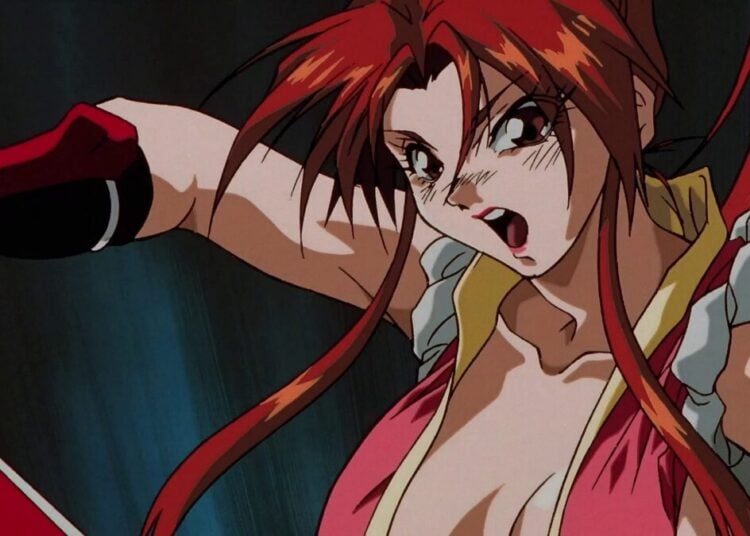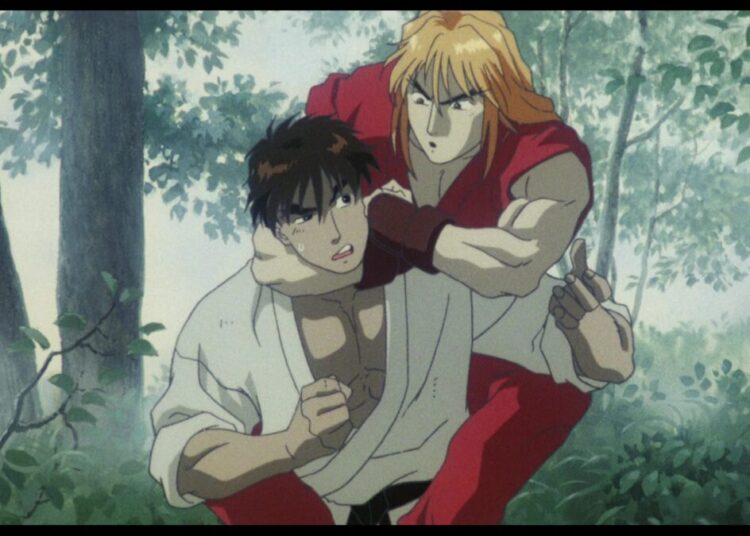The world of 1980s American cartoons was rife with all kinds of hits, misses, and everything in between. There are even works like the aborted pilot Pryde of the X-Men (1989), which notably had an unlikely connection to the anime industry. Another such case is the earlier Centurions: Power Xtreme (1986): a Saturday Morning adventure that, though not very well-known nowadays, is nonetheless worth seeing through to the end.
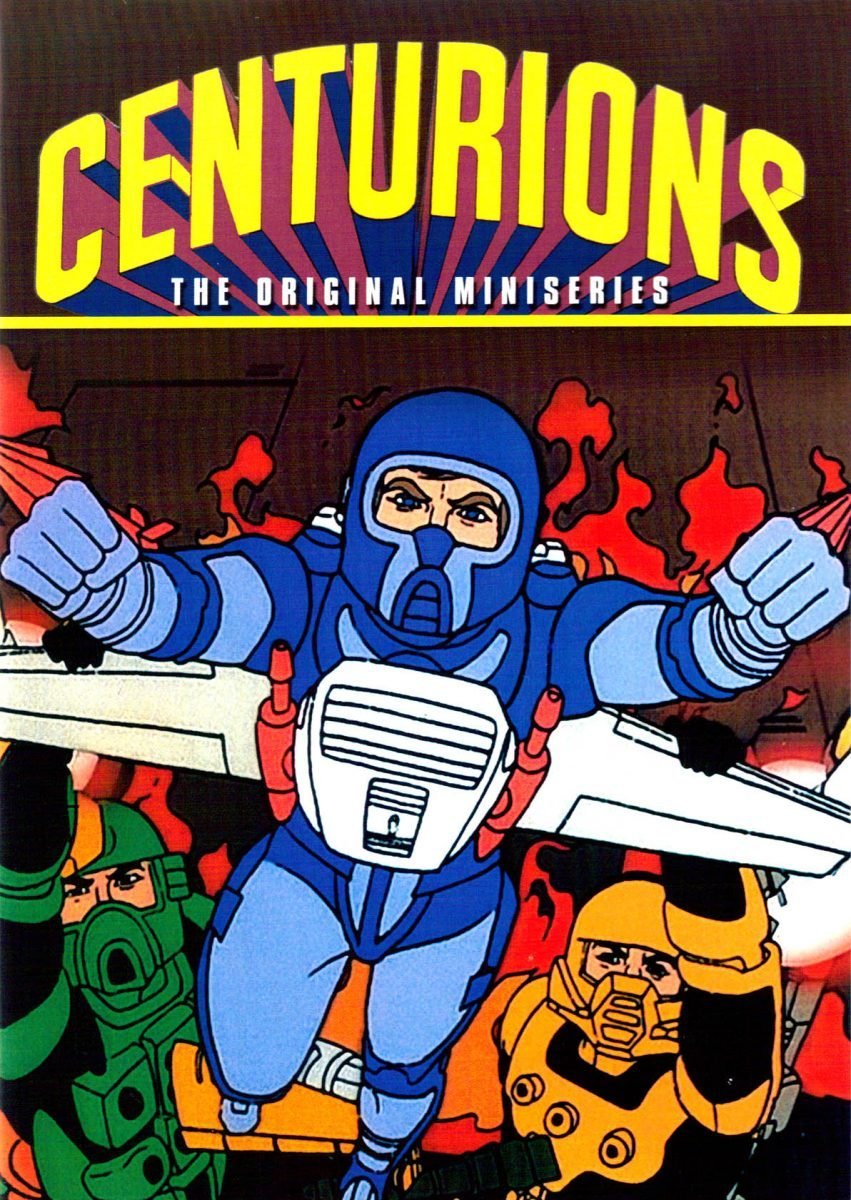
Airing from April to December 1986 and distributed by Worldvision Enterprises, the show was the brainchild of Ruby-Spears Productions, of Thundarr the Barbarian (1981) fame. Made amidst the merchandise-driven heyday of Saturday morning cartoons, the producers sought to stand out from the crowd by partnering with toy company Kenner. There was a large multimedia push that included books produced by DC Comics. At the same time, however, the focus would only be on a relative handful of action figures, but with a lot of customizable accessories for each. This was something that franchises like G.I. Joe and Masters of the Universe didn’t have at the time.
Centurions featured a star-studded production staff, which included Michael Reaves and Gerry Conway as writers. Lesser known, though, is how the animation was handled by the anime house that spawned the Gundam franchise and Cowboy Bebop: Sunrise. More specifically, it was outsourced to the then-newly established “Studio 7”, which would later go on to create s-CRY-ed (2001) and Sacred Seven (2011). The late Norio Shioyama, character designer for Armored Trooper Votoms, even served as the director. Alas, just as with Pryde of the X-Men, they were left uncredited, which was sadly normal for the era.
The show’s opening is unapologetic in its ’80s Saturday morning cheesiness, while still showcasing some solid animation courtesy of Sunrise. Circa 1986. (Source: YouTube)
While it saw a successful miniseries pilot, which opened the way for a full 65-episode run, the show ultimately faded into relative obscurity compared to its contemporaries. Yet, it’s still fondly remembered, and over time has gained a reappraisal beyond just nostalgia. So, all that said, is it worth your time?
A Cyborg Future
Centurions takes place in the “near future” of the late 21st Century. An era of peace and prosperity is shattered when the evil Doc Terror (Ron Feinberg) and henchman Hacker (Ed Gilbert) launch a campaign of world domination, with an army of cyborgs in tow. Standing in their way, however, is the titular Centurions: the brilliant Sea Operations Commander Max Ray (Pat Fraley), rugged land specialist Jake Rockwell (Vince Edwards), and bold, airborne ladies’ man Ace McCloud (Neil Ross). Coordinated by the beautiful yet tech-savvy Crystal Kane (Diane Pershing) from the orbital Sky Vault, they’re equipped with special Exo-Frame suits sporting a modular arsenal that could be teleported directly onto themselves. Even with such powerful weapons on hand, however, it’s good old determination that keeps them at the ready against any threat.
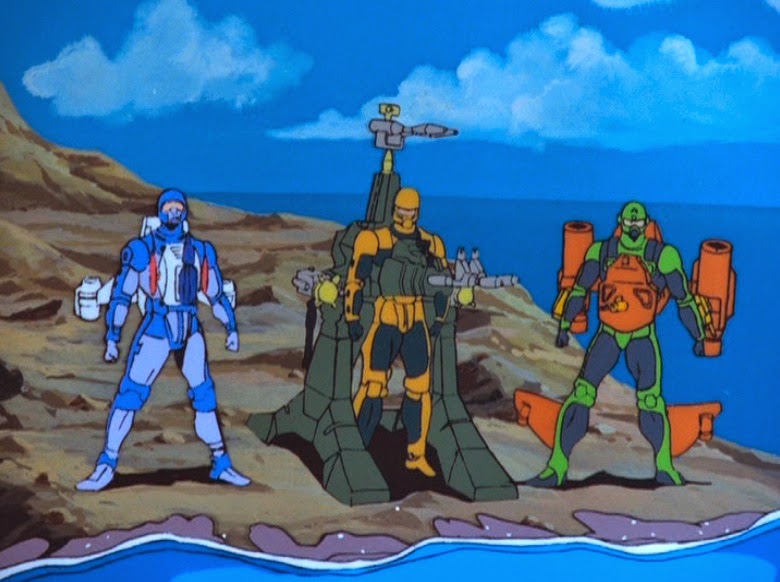
Much like other Saturday morning fare at the time, the show can come across as a tad formulaic. The villains’ scheme-of-the-week nature doesn’t help, while the science-themed shorts at the end of each adventure are reminiscent of G.I. Joe’s “Knowing is Half the Battle” segues. The writers make up for this, however, by using that otherwise episodic nature to not only approach various sci-fi ideas like powered armor in a very logical manner. Especially through the myriad multi-part episodes – which could have either interrelated plotlines or an overarching story – attention is placed on issues ranging from ozone depletion to the relationship between humanity and technology. The result is that individual stories have enough variety to avoid being predictable. Take the final “Man or Machine” arc, for instance, which touches on Doc Terror’s backstory and how cyborgs are perceived in-universe, but uses these to explore just how far is too far when it comes to upgrading oneself.
This attention is also evident in the characters. While not the deepest or most nuanced of the lot, the show goes out of its way to build on its protagonists and villains alike. From the clear camaraderie among the Centurions, to the natural, if cheesy flirting between Ace and Crystal, you get sold on how they’re the best of the best. This extends as well to how they reflect the motif of scientific advancement. The idea of man living with technology can be seen in the protagonists’ Exo-Frames and how they can live without their gear, whereas Doc Terror’s thoroughly cyberized body reflects the dangers of an unethical “embrace” of progress at the expense of being human. It’s not for nothing that they’re among the most memorable things about the cartoon, apart from the modular accessories.
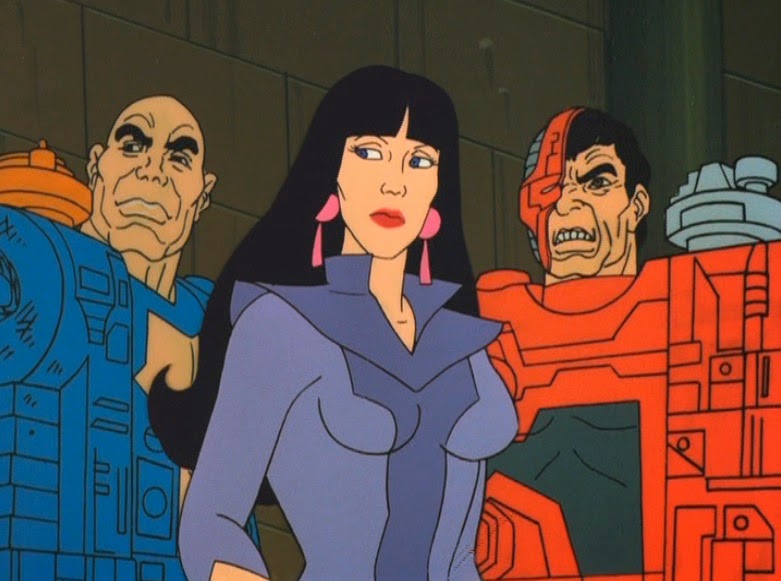
Granted, the aforementioned “Man or Machine” episodes – which also introduced billionaire inventor Rex Charger (Robert Ridgely) and Native American infiltrator John Thunder (Michael Bell) as new members of the team – were chronologically the last to be aired. That they also served as something of a hook for new adventures (and merchandise) which never quite materialized, they add a sense of lost potential, given what would become of the series.
Playing with Power
Beyond the basic premise and writing, Centurions’ star-studded production can be found in the visuals. If the distinctive, grandiose designs look familiar, it’s because they’re the work of comic legends Jack Kirby and Gil Kane, who also served as the show’s creative consultants. Meanwhile, though prone to some cut corners, the animation provided by Studio 7 is still impressive, especially when it came to capturing the crisp action on-screen. The otherwise uncredited staff were able to pull off a convincingly American-style romp, while slipping some Japanese touches – some backdrops and extras, for instance, which wouldn’t look too out of place in Mobile Suit Gundam ZZ (1986) – which would serve them, and Sunrise at large, well in future projects down the line.
At its best, the show’s classic comic direction and Japanese animation combine to deliver some impressive action. (Source: YouTube)
Though the sound department, quality-wise, is more in line with other Saturday morning fare from the time, it’s still undoubtedly strong. Even though the soundtrack isn’t particularly memorable, its ‘80s action film vibes go well with the sounds of explosions and lasers that punctuate each episode. The voice-acting, though a bit stilted at times, is unrepentant in its cheesiness, yet is all the more fun just for how energetic the cast sound. As anyone who’s seen the show as a kid would tell you, nothing quite beats the echoing “POWER XTREME!” invoked by the heroes every time they need to summon the right gear.
Despite the solid multimedia effort put into Centurions, it sadly wasn’t enough. As revealed by Toy Galaxy, it didn’t become profitable enough for new seasons or new action figures to be made, while DC’s comic adaptations ended after a few issues. Though the show itself entered syndication on American TV – it notably became part of Cartoon Network and Boomerang’s early lineup in the 1990s – it wouldn’t get the kind of attention received by its more famous contemporaries and languished into apparent obscurity. With the closure of Ruby-Spears Productions in 1996, the likelihood of a revival is slim.
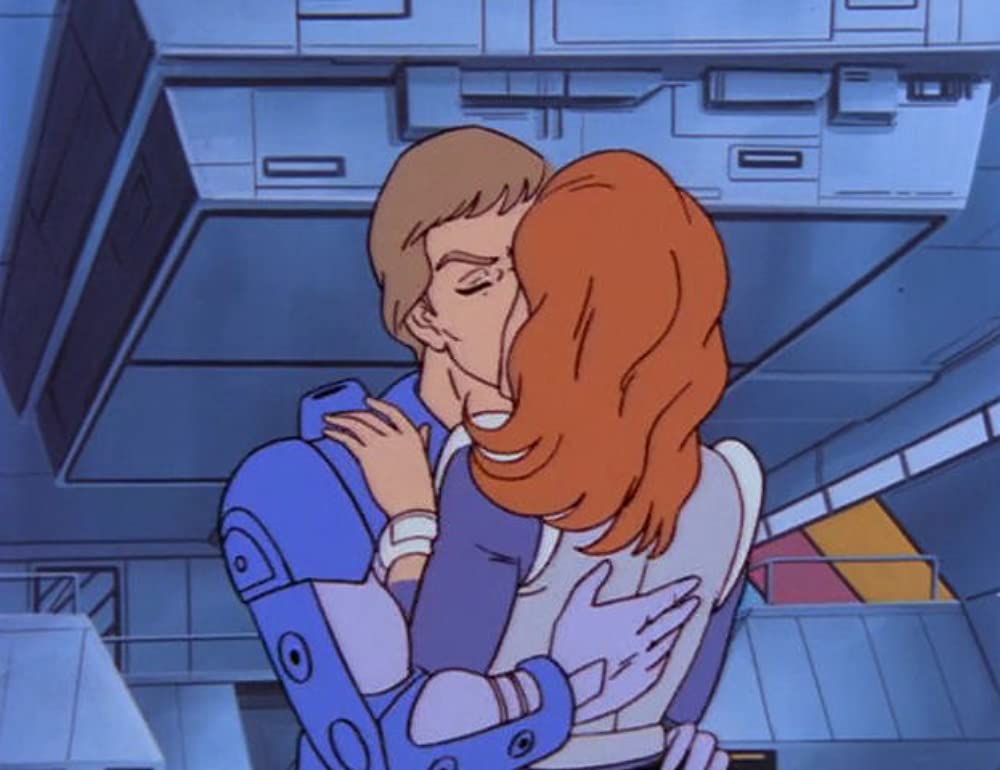
As time has gone on, however, the show has gained something of a cult following. Those who saw the franchise’s brief heyday in the ‘80s, and those who watched the ‘90s reruns, have kept the memory of those augmented heroes alive into the 21st Century, in turn attracting new fans. The Sunrise connection, and the fact that the environmental and technological themes remain poignant now, certainly help in the cartoon’s favor.
Still, what’s there is much more than what you’d expect from a glorified toy commercial.


